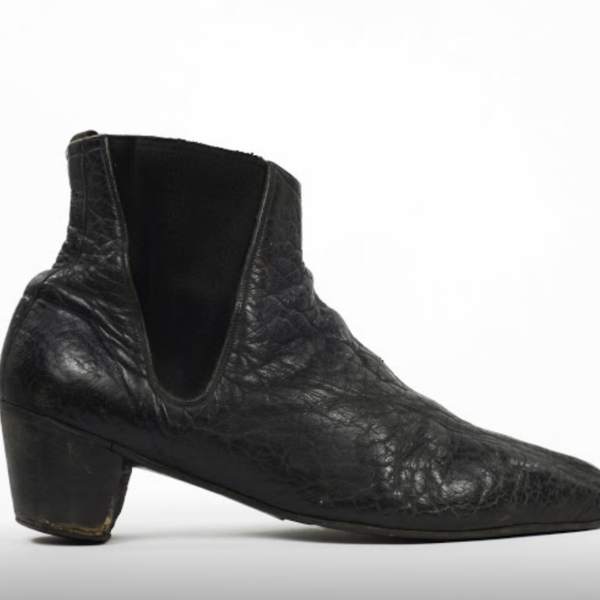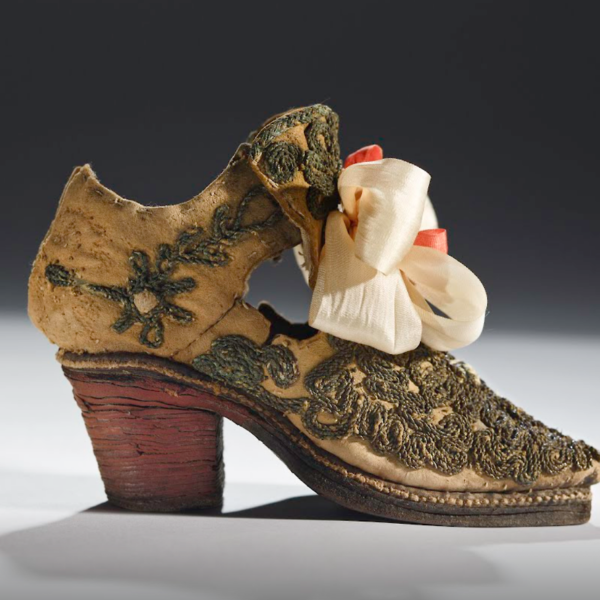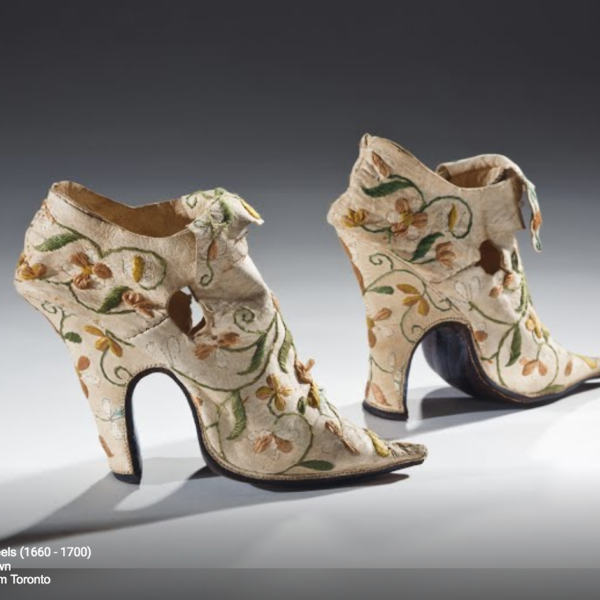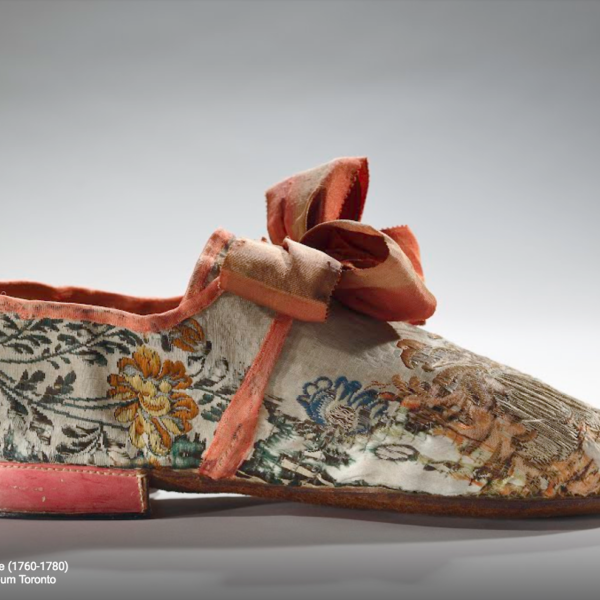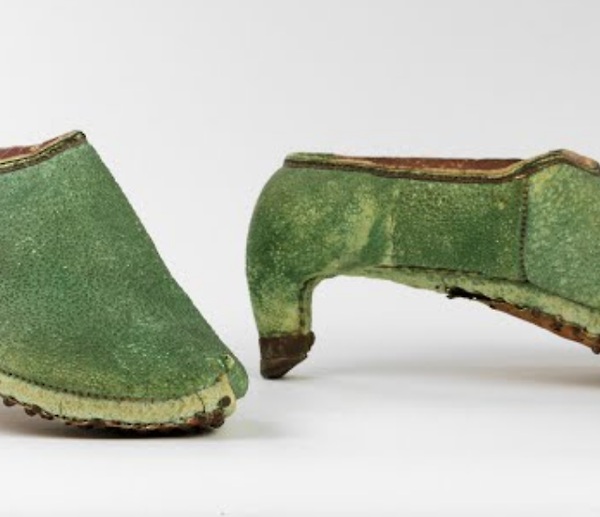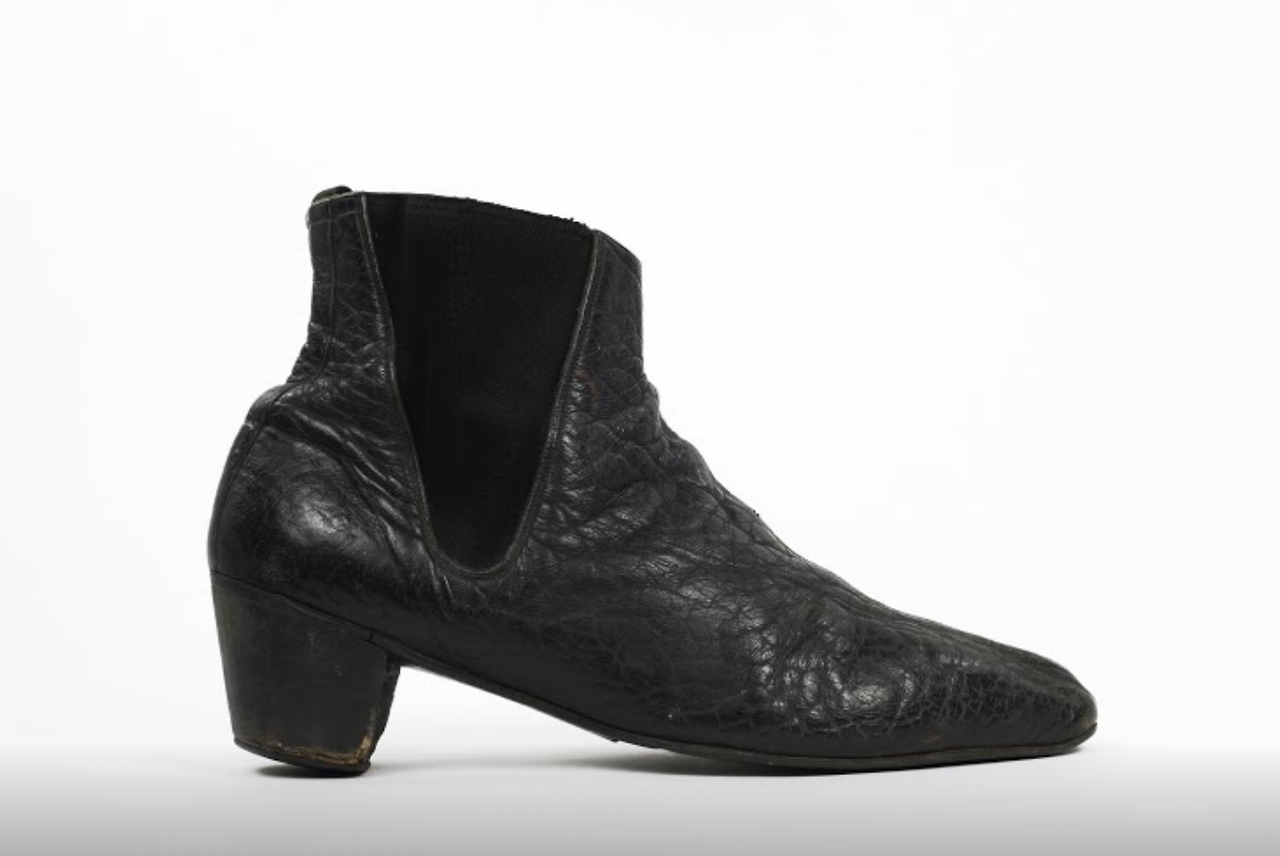
Google’s Art & Culture section (yes, they have an Arts & Culture section) has an interesting slideshow today outlining the curious history of men in heels. It’s a fascinating look at how masculinity has meant different things at different times, and how clothes intersect with ideas about gender. High heels have symbolized everything from class privilege to rugged sportiness to rock ‘n roll rebellion.
The distinction between what men and women ought to wear in terms of heel height really came about with the rise of democracy and European Enlightenment (about the 18th century). Men were thought to be the more rational of the two genders, and thus worthy of political enfranchisement. Women, on the other hand, were “naturally deficient in reason and unfit for education, citizenship, and control of property.” Fashion was redefined as frivolous and feminine, and thus most men abandoned the artifice of high heels.
There are some great photos of pre-18th century shoes in the story, including those jade green slip-ons you see above. Those are Persian riding shoes, which would later influence the design of Western European riding footwear. The higher heel and square waist on English riding shoes, for example, helps riders stay in their stirrups. And high heels haven’t completely gone away for men – John Lennon’s Chelsea boots, pictured at the very top of this post, were made with an especially high heel (the design is now known as a Beatle boot). Designers today also use them, such as Margiela and Saint Laurent. I wear these side-zips from Margiela, which sit kind of high. (They’re my Costanza boots).
You can read the whole story here.
